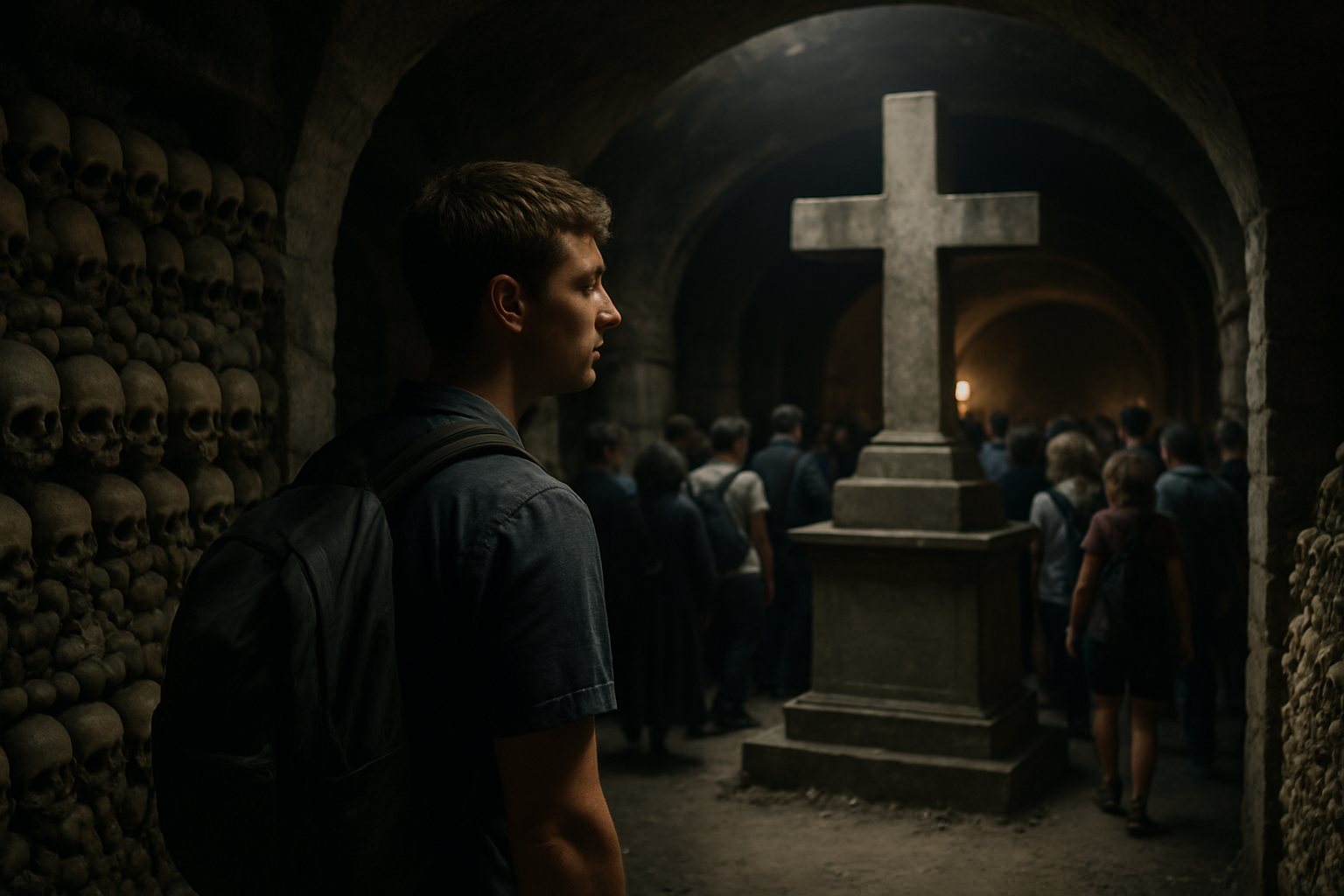Delving into the Unseen: The Immersive Appeal of Dark Tourism
Dark tourism, the exploration of sites associated with death, tragedy, and the macabre, offers an entirely different and intriguing perspective on travel. It's an aspect of travel that eschews the traditional sun-soaked beaches and vibrant cityscapes, instead delving into the unseen, the tragic, and the historically significant. This article delves into the historical context, present trends, practical implications, and the impact of dark tourism on travelers.

The Dark Pull: A Historical Overview
Dark tourism is not a new phenomenon. People have been visiting sites of death and disaster for centuries. From the Colosseum in Rome, where thousands met their end in brutal gladiatorial games, to the Tower of London, a former prison and execution site, these places have long held a morbid fascination for visitors. However, the term “dark tourism” was only coined in the late 20th century, reflecting a growing interest in this kind of travel.
Current Trends: Facing the Shadows
In the current era, dark tourism has gained significant momentum. From the nuclear disaster site of Chernobyl in Ukraine to the haunting grounds of Auschwitz in Poland, people are increasingly seeking out these experiences. This trend is driven by a desire to understand and connect with history on a deeper level, to bear witness to the tragedies of the past, and to pay respects to those who suffered.
Dark Tourism: Challenges and Benefits
While dark tourism provides an opportunity for reflection and learning, it does present certain challenges. Ensuring respectful behavior at these sensitive sites is crucial. There is also the risk of commercialization, where the solemnity of these places may be compromised for profit.
Conversely, dark tourism offers a unique educational opportunity, allowing travelers to gain insights into the darker aspects of human history. It can foster empathy, understanding, and possibly even contribute to peace and reconciliation.
Backed by Research: The Psychology of Dark Tourism
Studies suggest that dark tourism can be a way of confronting our mortality, a concept known as ‘mortality salience.’ This helps us to appreciate life more and prompts us to reflect on our actions and behaviors. It also satisfies our curiosity about the macabre, providing a safe space to explore these taboo subjects.
An Array of Dark Attractions
-
The Catacombs of Paris: An underground ossuary that holds the remains of over six million people.
-
Hiroshima Peace Memorial Park: A memorial dedicated to the victims of the world’s first atomic bombing.
-
Ground Zero: The site of the September 11 attacks, now home to a poignant memorial and museum.
In The Dark and The Light
Dark tourism paints a vivid picture of the human capacity for both horror and resilience. Though it may be an uncomfortable journey at times, it provides an opportunity for reflection, learning, and understanding. It serves as a stark reminder of the past, urging us to strive for a better future. It’s not about reveling in the macabre, but acknowledging the shadows to appreciate the light. This form of travel offers a deeper, more profound understanding of the world, inviting us to look beyond the surface and delve into the depths of human history.





